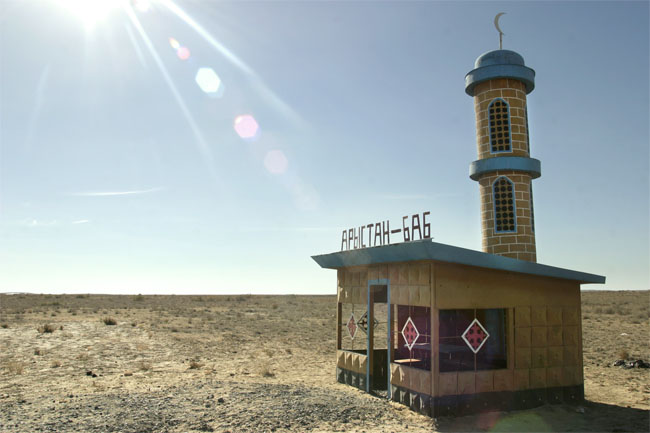On New Year's Day, all our neighbors turned off their holiday light displays. Suddenly, the world was darker. We walked the dog in the dark, went to work in the dark, and came home in the dark.
That's when we remembered a
meditation on this year's winter solstice, written by Northwest College professor
Richard B. Wilson. He's given us permission to share it here:

Winter solstice officially marks the first day of the winter season in Earth’s northern hemisphere, and, throughout history, people have celebrated this transitional day in a variety of ways.
The Zunis and Hopis in the Southwest repeat elaborate solstice rituals that reaffirm their connections to earth and sky--and thankfully acknowledge their people's connections to cycles larger than themselves.
Ancient Egyptians, the math geniuses of Asia and Africa, held ceremonies during the solstice to remind themselves that, although algebra and geometry were extremely useful for earthly and astronomical endeavors, they derived life and ultimate certainty from the constancy of solar cycles.
But five hundred years before the Great Pyramids rose along the Nile, more than 5,000 years ago, new stone age farmers in Ireland built an immense mound positioned precisely to let in the rising sun's light only during the solstice. During more than five millenia, for a transitory moment in the heart of each winter, the rays of first light have flooded the deepest recess, the open burial chamber within the stone mausoleum at Newgrange, replacing cold darkness with resuscitating warmth. Year after year, century after century, the light resplendently affirms that winter's barren fields will, once again, rhythmically yield to spring's renewed life.
Throughout history, humans have observed this seasonal milestone and created spiritual and cultural traditions to celebrate the rebirth of sunlight after the darkest period of the year. People around earth's northern half have recognized the solstice with ceremony and reflection, and they have celebrated light as both a mystery and a gift. Ceremonies honoring ancient Persia's god of light, Mithra, gave way to imperial Rome's solstice festivals in honor of Saturn, their god of farming. Hebrews memorialized an historical event in the festival of Hannukah, an annual ritualistic recognition of the miraculous gift of light.
Early Christians endeavored to attract pagans to their faith by adding Christian meaning to festivals, such as the feast of Saturn, which just happened to occur on the Roman calendar around December 25th. In 354 C.E., Pope Julius I set the birth date of Jesus Christ on that former Roman feast day, and the tradition has, of course, continued until the present. Christmas celebrations have, from the outset, incorporated universal pre-Christian customs such as gift-giving and feasting. We're all familiar with how this global holiday has picked up additional local variations such as bringing trees–real or facsimile–into our homes; revving up the electric light emissions of our homes and cities so that they're visible from the next galaxy; and whispering our material desires into the ears of chubby,white-bearded guys in red suits.
. . . I’d just like to share two short, quiet poems as part of our own celebration of regenerative light. The first is
Robert Frost’s classic meditation on this “darkest night of the year,” the poem John Kennedy kept framed on his Oval Office desk, a poem that called him to remember humanity’s needs when all his instincts were crying out to escape commitments and responsibilities:
"Stopping by Woods on a Snowy Evening."The other poem, by
W. S. Merwin, looks forward to spring--a wet spring in Wyoming, we can only hope--and captures a simple but profound sense of universal connections that we celebrate here tonight. These lines, too, tell of the transformations of energy, light, and life:
"For the Anniversary of My Death."









 Winter solstice officially marks the first day of the winter season in Earth’s northern hemisphere, and, throughout history, people have celebrated this transitional day in a variety of ways.
Winter solstice officially marks the first day of the winter season in Earth’s northern hemisphere, and, throughout history, people have celebrated this transitional day in a variety of ways.





 ms.dsk is reading
ms.dsk is reading  Rob Koelling is reading
Rob Koelling is reading  S. Renee Dechert is reading
S. Renee Dechert is reading  Mary Ellen Ibarra-Robinson is reading
Mary Ellen Ibarra-Robinson is reading  Bill Hoagland is reading
Bill Hoagland is reading  Jennifer Sheridan is reading
Jennifer Sheridan is reading  Robyn Glasscock is reading poetry by
Robyn Glasscock is reading poetry by  Susan Watkins is reading
Susan Watkins is reading